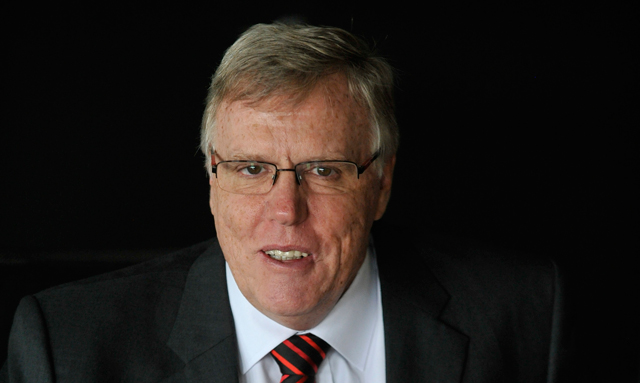
After significant delays, in part caused by the complexity of managing a project involving three direct competitors, the National Long Distance (NLD) consortium has finally switched on its fibre-optic telecommunications networks between Gauteng and KwaZulu-Natal.
The NLD consortium which is made up of MTN, Vodacom, Neotel and roads agency Sanral, has “lit” the fibre between Germiston, east of Johannesburg, and Durban after trenching of the route was completely successfully in December. The consortium is also planning to build a leg extending from Gauteng to Cape Town.
Howard Earley, chief operating officer of Plessey, the Dimension Data company that was contracted as primary construction partner for the Durban leg of the NLD project, explains that the three telecoms companies involved insisted on three “completely different specifications, literally down to the manholes”.
They demanded that their separate ducts had to be a certain space apart. “We had to get special combs, made to comb the duct to do this.”
There are manholes every kilometre on the 680km route. There are eight cables in all. Each operator has two and Sanral has two in some areas, Earley explains. “They have different fibre in them and some of them even have different duct configurations.”
Other challenges in the project included securing water-use licences and rights of way, some of which took more than two years to receive from the relevant authorities.
Then there were the engineering challenges, which Earley says everyone underestimated. “It’s been a nightmare project.”
Construction was done using a combination of front-end diggers and manual labour. “In some cases, it was pure manual labour because the area you had to work in was the road reserve, the patch of land between the road and the farmer’s fence, and you couldn’t get equipment in there because you’d disrupt traffic. That had to be hand-trenched in portions.”
In addition, there were some parts of the route where the rock was so dense that Plessey had to do chemical trenching, Earley says. “You can’t blast, so you put chemicals into the rocks and this fractures them.”
Bridges and rivers also proved challenging. Though some bridges had ducting in place already, making it easier to suspend the NLD cables, in other areas Plessey was forced to drill under rivers, with manholes on either side.
“In smaller rivers, you can divert the water and do a much shallower trench in concrete encasement and put interlocking bricks on top so that it is locked down and the duct won’t rise and then you put ordinary rocks back on top.”
MTN South Africa will manage the system, which currently supports 400Gbit/s of bandwidth and which can be scaled up as needed. China’s Huawei provided equipment and support.
The Durban-Johannesburg system provides an alternative to existing fibre networks from companies such as Telkom, Dark Fibre Africa and Broadband Infraco. — (c) 2013 NewsCentral Media




